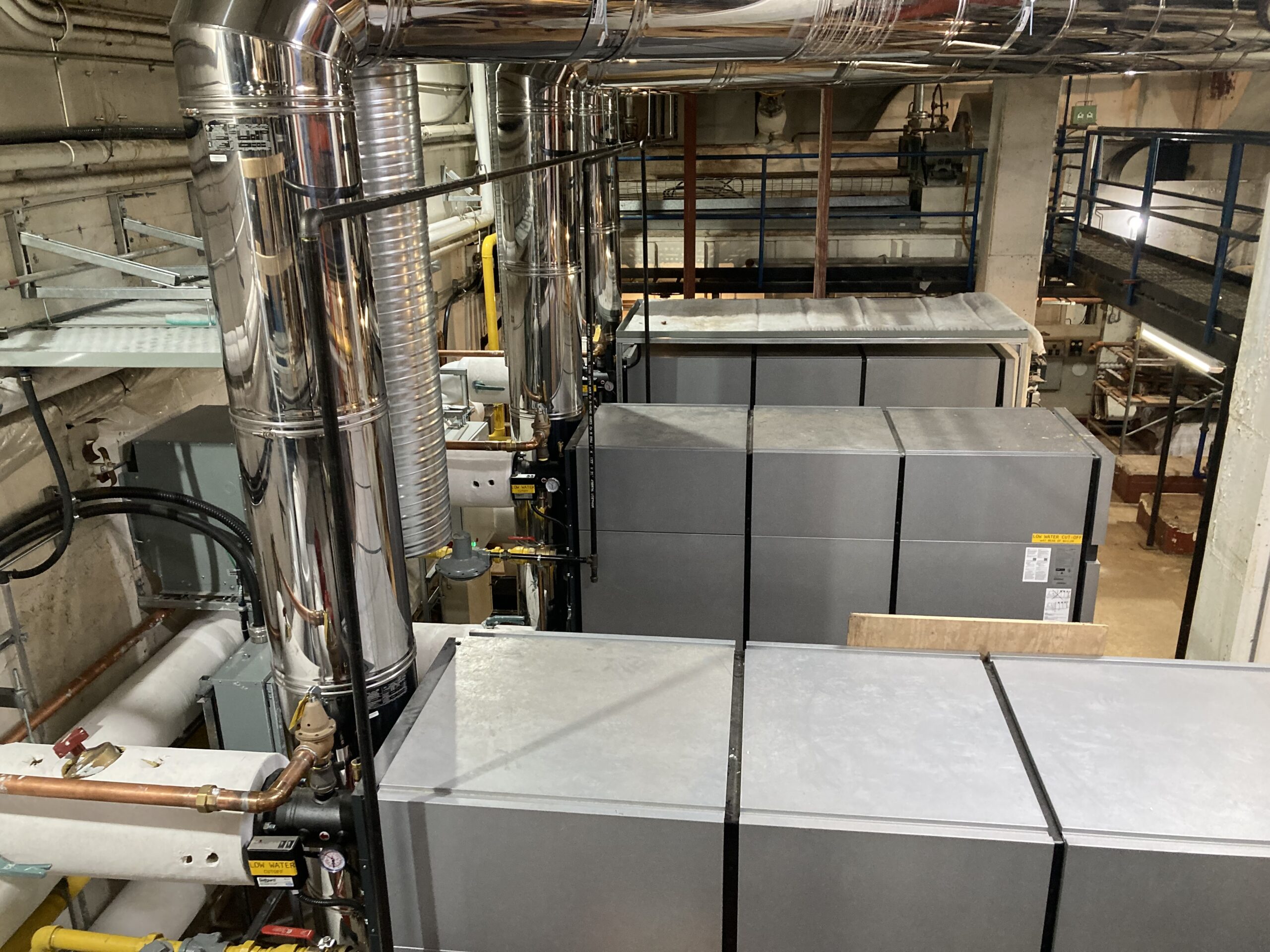St. Paul’s Hospital Achieves Energy Efficiency Milestone with Steam Conversion Project
Vancouver’s St. Paul’s Hospital has undertaken a critical energy-saving initiative, known as the SPH Steam Conversion Phase 2 project. Spearheaded by the Providence Health Care (PHC) Energy team, this project aims to dramatically decrease the hospital’s energy consumption by transitioning from district steam to natural gas.
This shift towards a more efficient and sustainable energy source that not only greatly lowers emissions but also yields significant financial savings. It reduces greenhouse gas (GHG) emissions by 611 tonnes of CO2 equivalent and steam consumption by 28,000 gigajoules per year, which lowers operating costs by $400,000 annually.
According to Mahnaz Mahzari, Energy Specialist at PHC, “St. Paul’s has the highest energy consumption and GHG emissions among all PHC facilities and operates 24/7.” In a district steam system, a central facility generates steam, usually through the combustion of fossil fuels or other energy sources, and then distributes it to various facilities for domestic hot water, sterilization processes and other industrial applications.
With a new St. Paul’s Hospital under construction, any energy upgrades in the current site must yield benefits before the hospital relocates in the next five years. Finding energy savings in a facility with a limited remaining lifespan was an ambitious endeavour—but one that reflects Providence’s dedication to sustainability across its building portfolio. Additionally, the project team secured funding from FortisBC, their utility partner, and the BC Ministry of Health through the Carbon Neutral Capital Program, which helped to make the project feasible in an older building.
The installation of three gas boilers and the piping connections were completed in November 2023, but the work began with an energy study at St. Paul’s in 2022. The PHC Energy team collaborated with consultants BES to conduct the study.
At the implementation stage, the project planning team, contractors and PHC Energy team met weekly to ensure success. Despite a tight timeline and the logistical hurdles of moving oversized boilers into the mechanical room and connecting hundreds of metres of piping and ducting in an old, crowded boiler room, the team was able to reach key milestones on schedule.
This project embodies technical challenges, financial benefits and sustainability objectives. It was rewarding for everyone involved to contribute to our community’s well-being,” says Project Manager Sony Bae.
While some organizations may have elected to leave the steam system as is, the switch to gas boilers is perfectly aligned with PHC’s strategic vision. The success of this critical project underscores the health organization’s capacity to deliver on their commitment to planetary health, even in its oldest and most complicated facilities.








